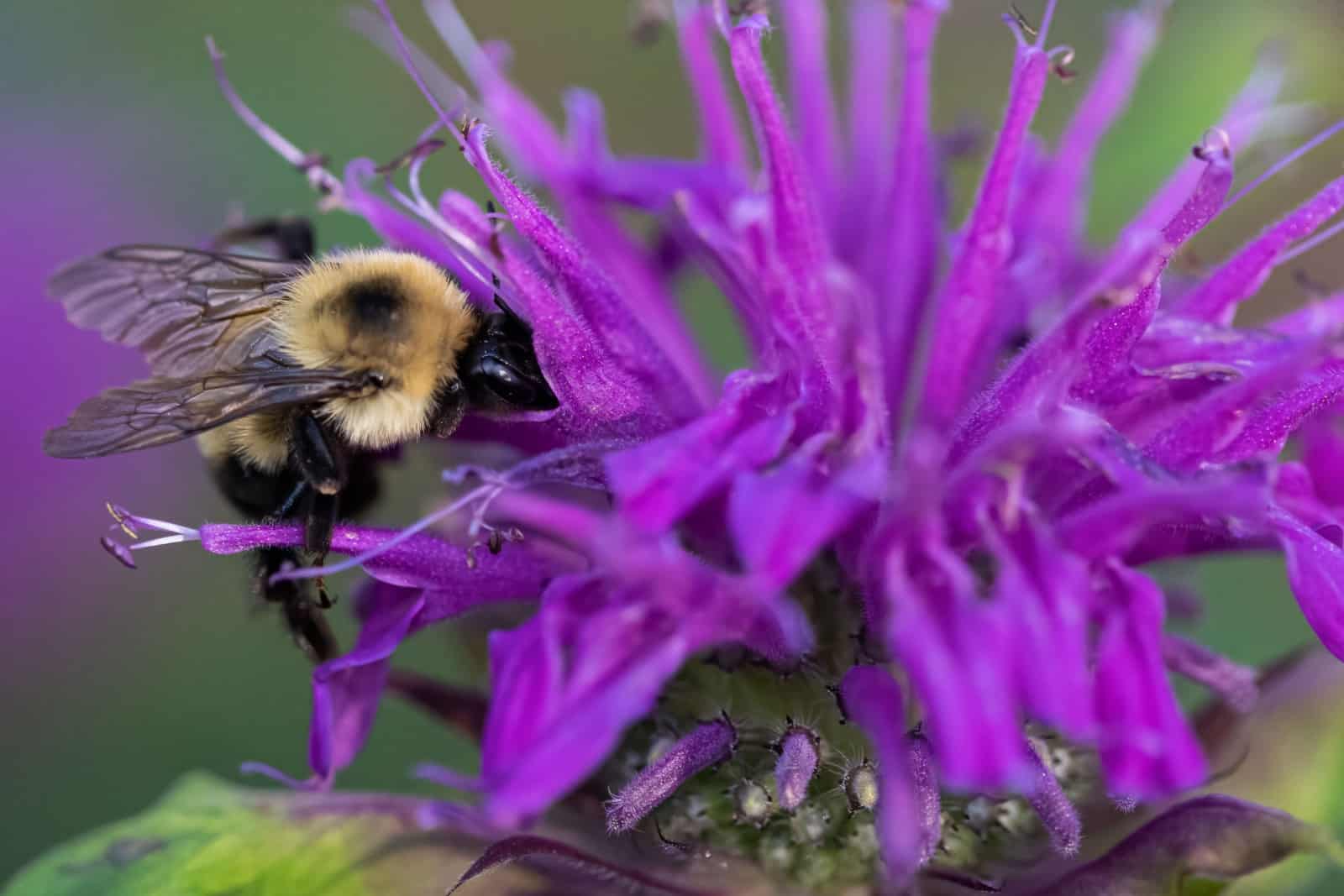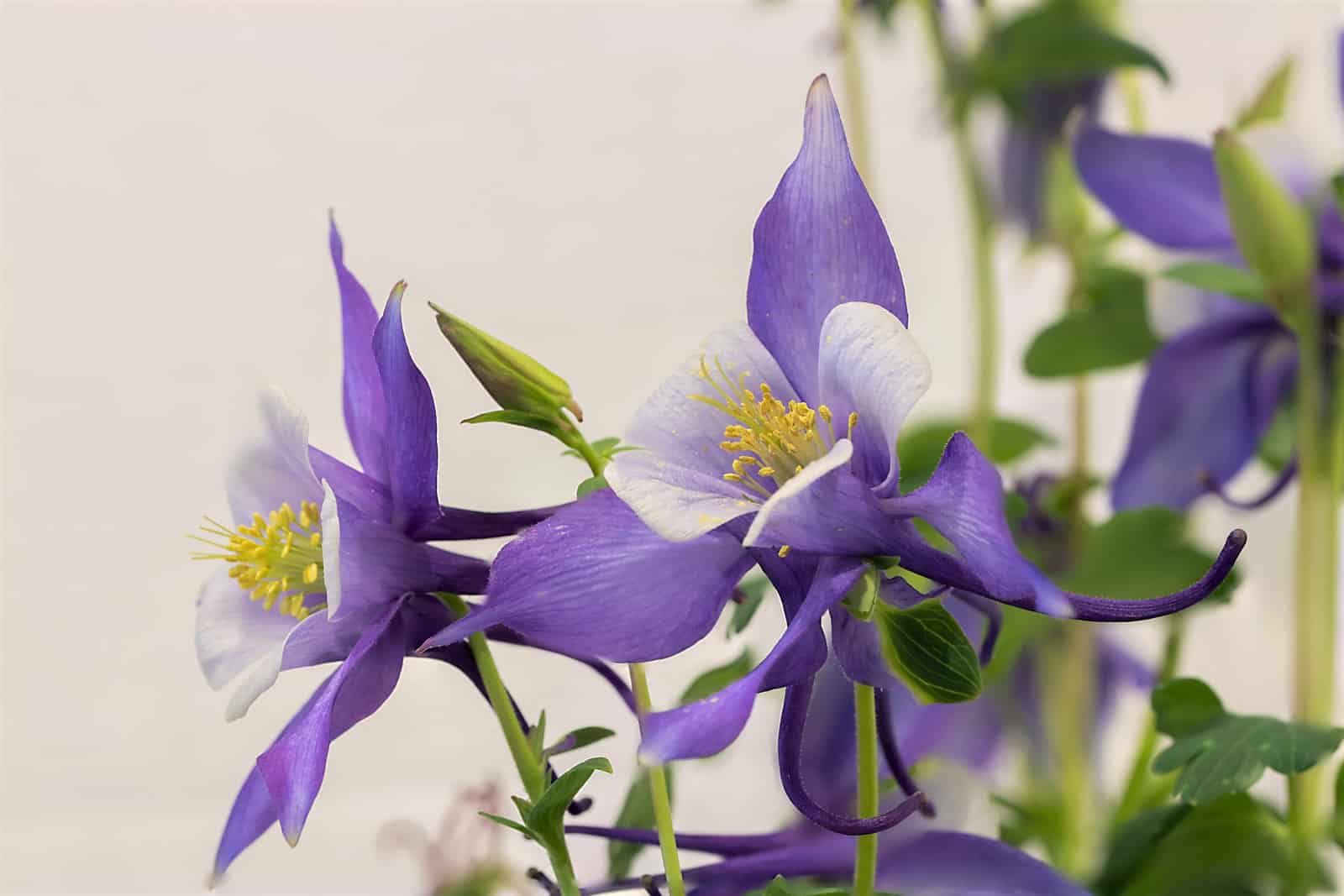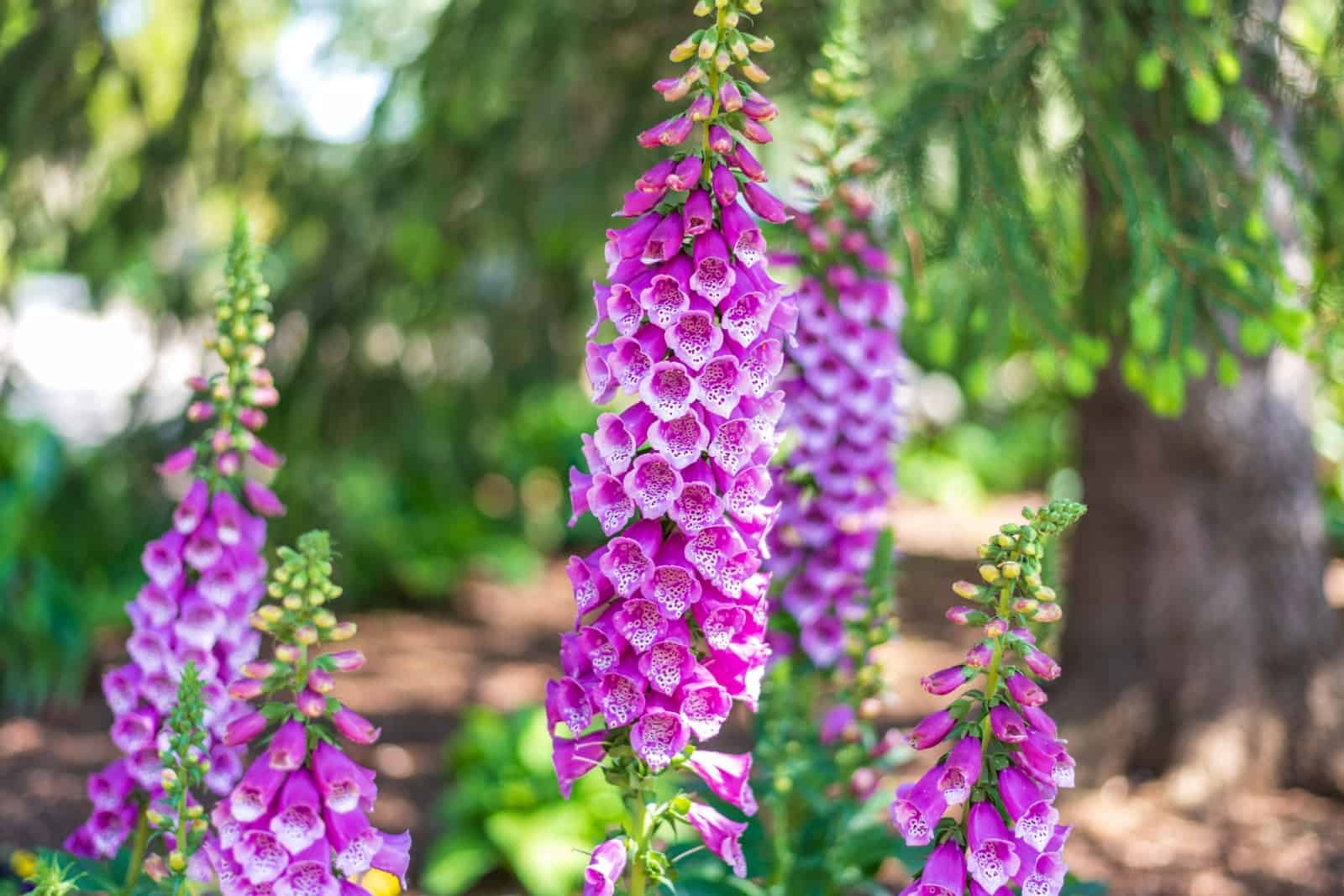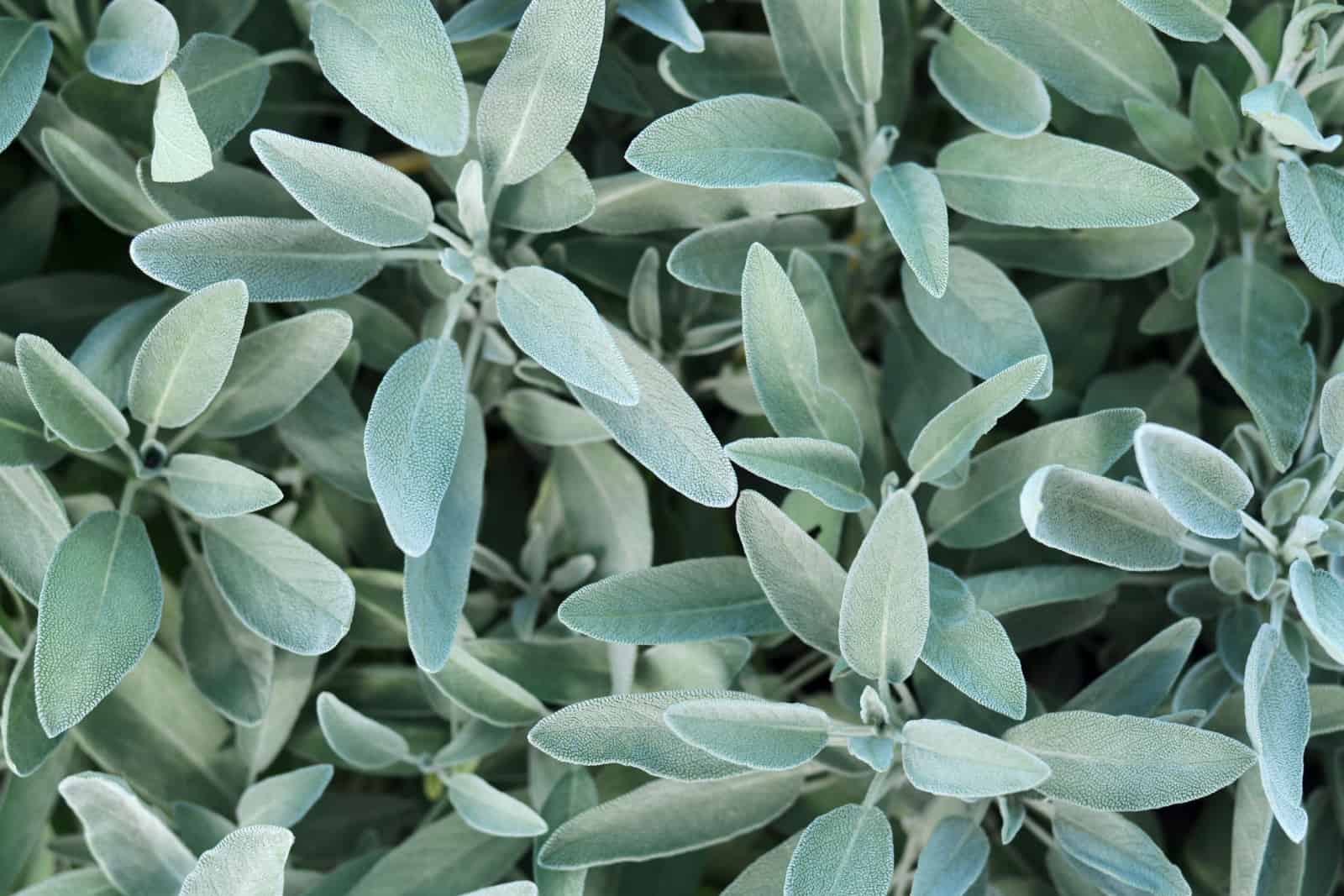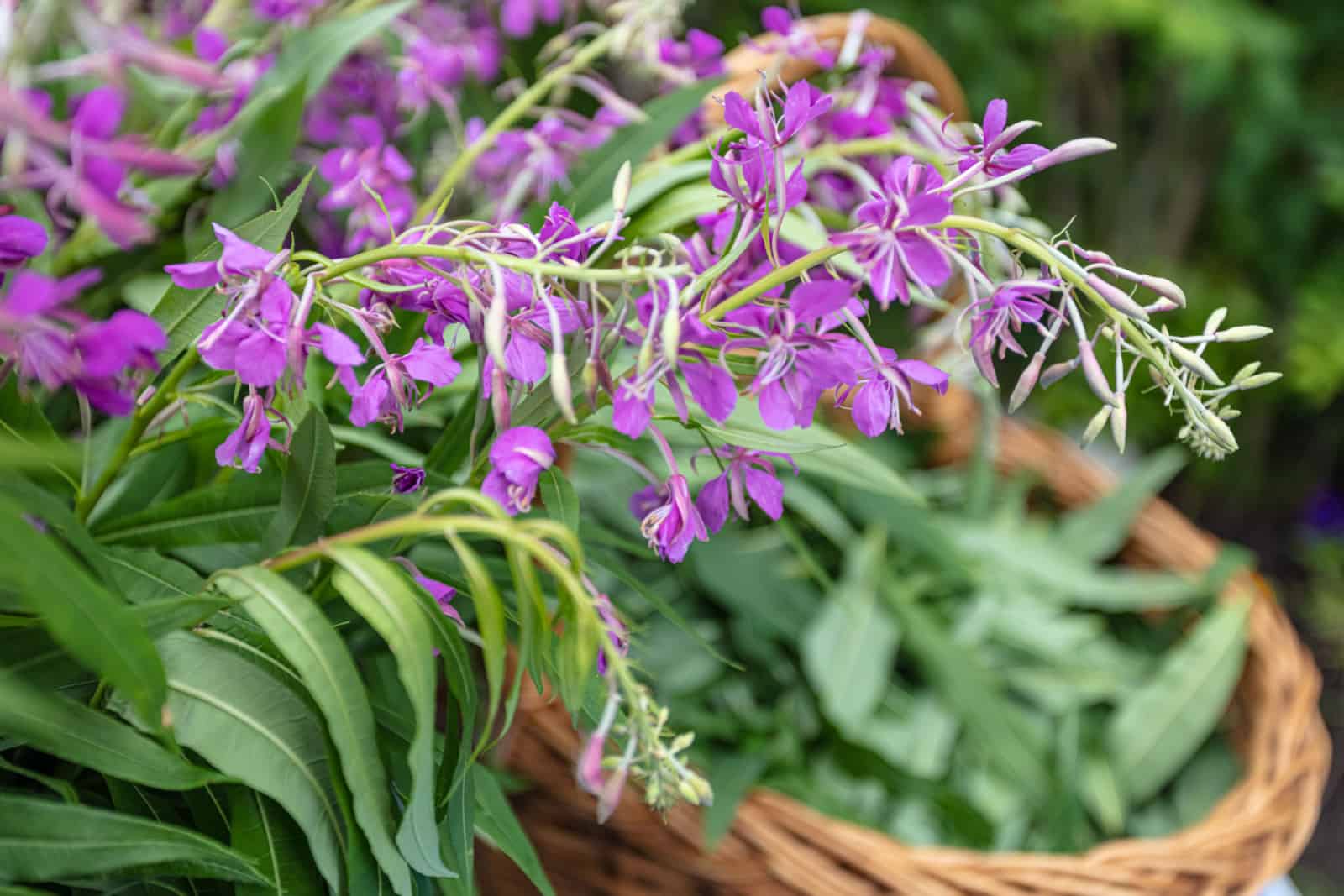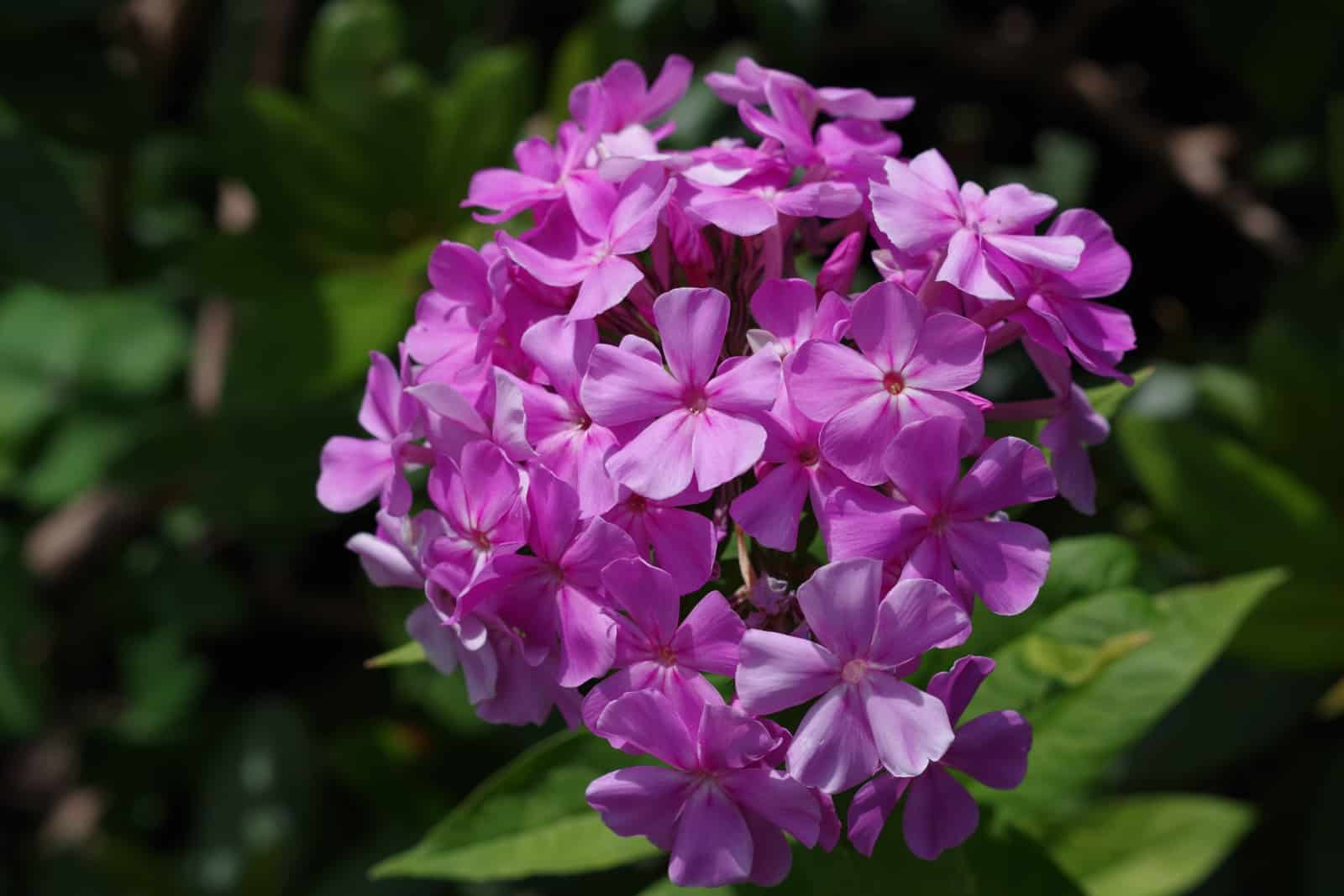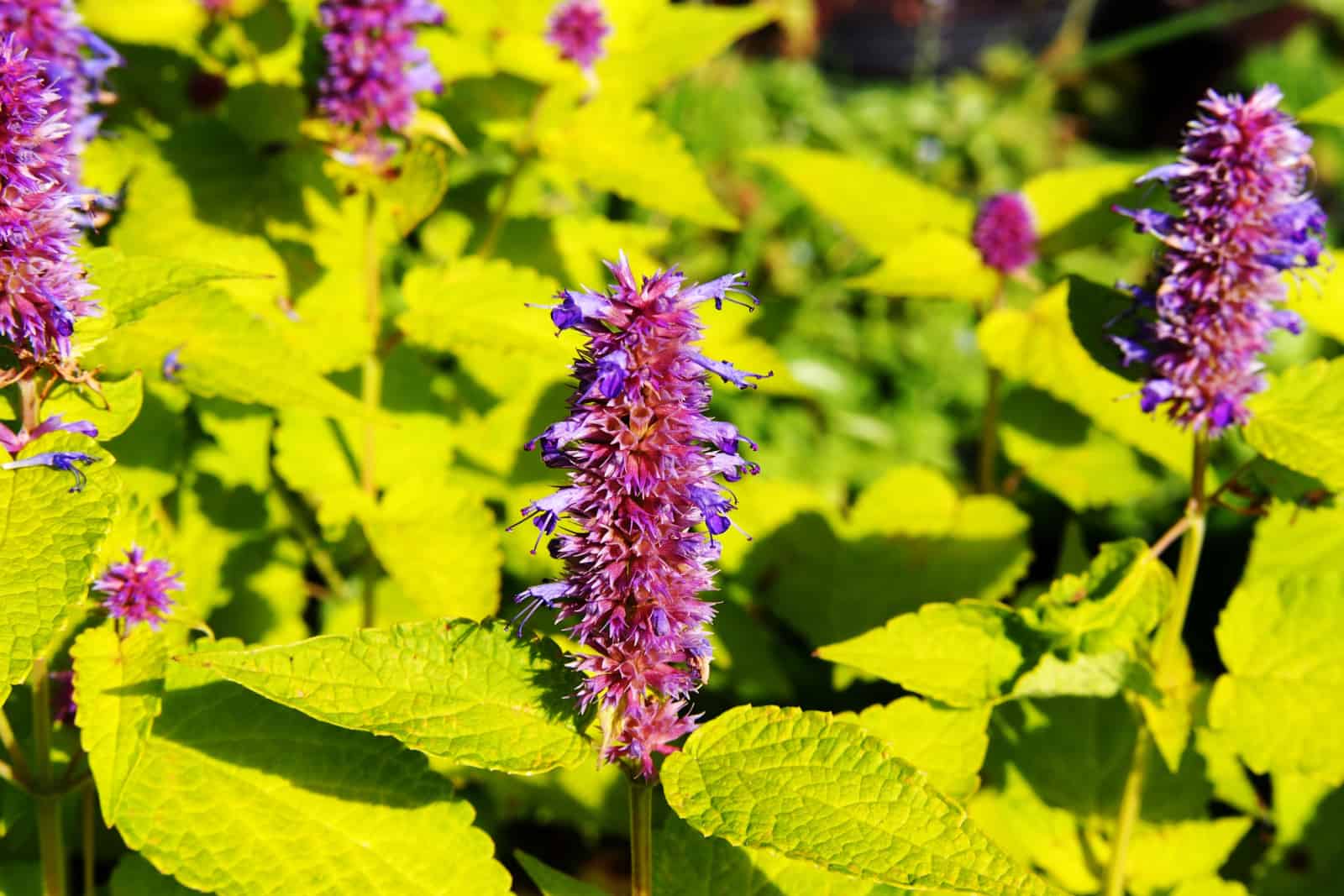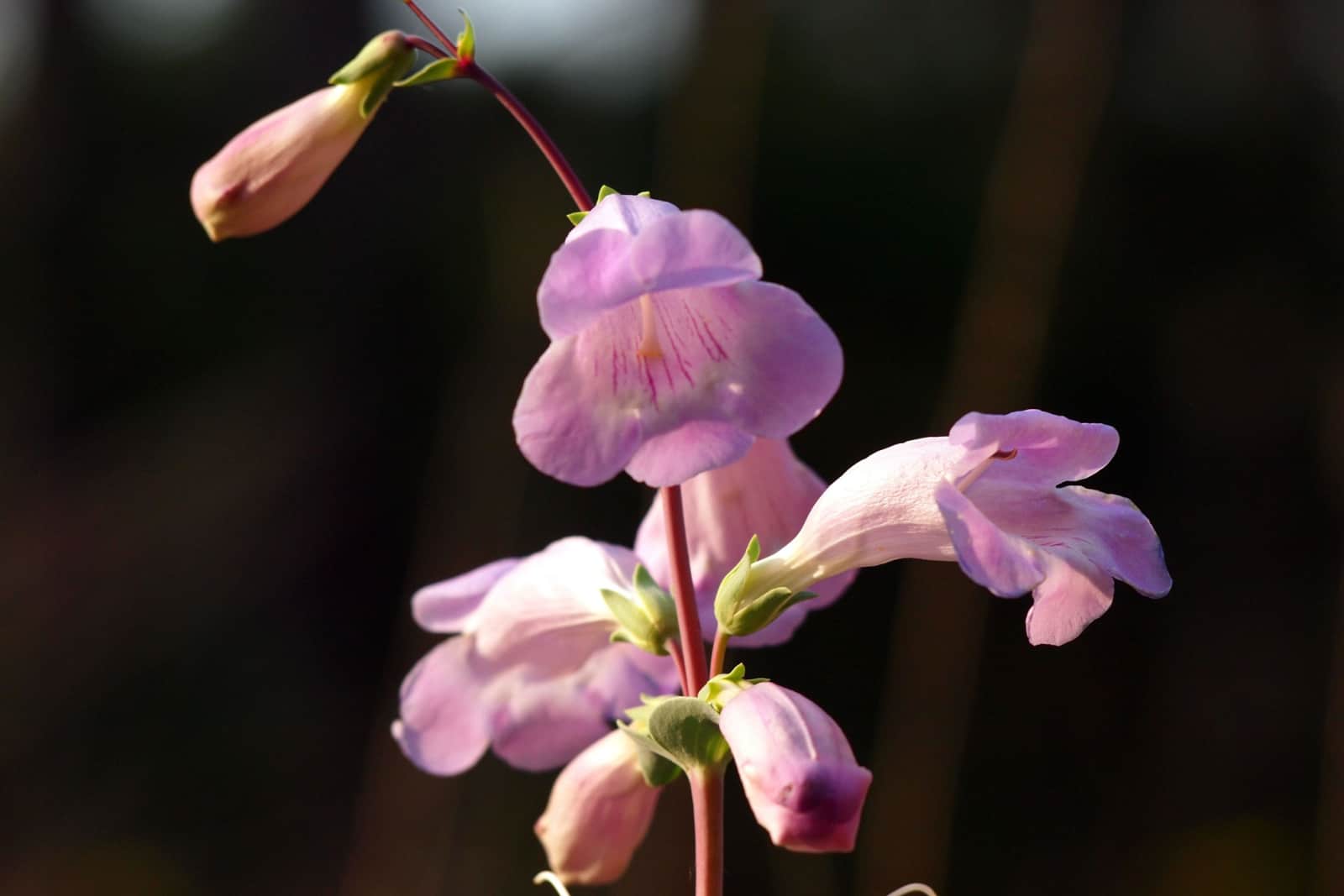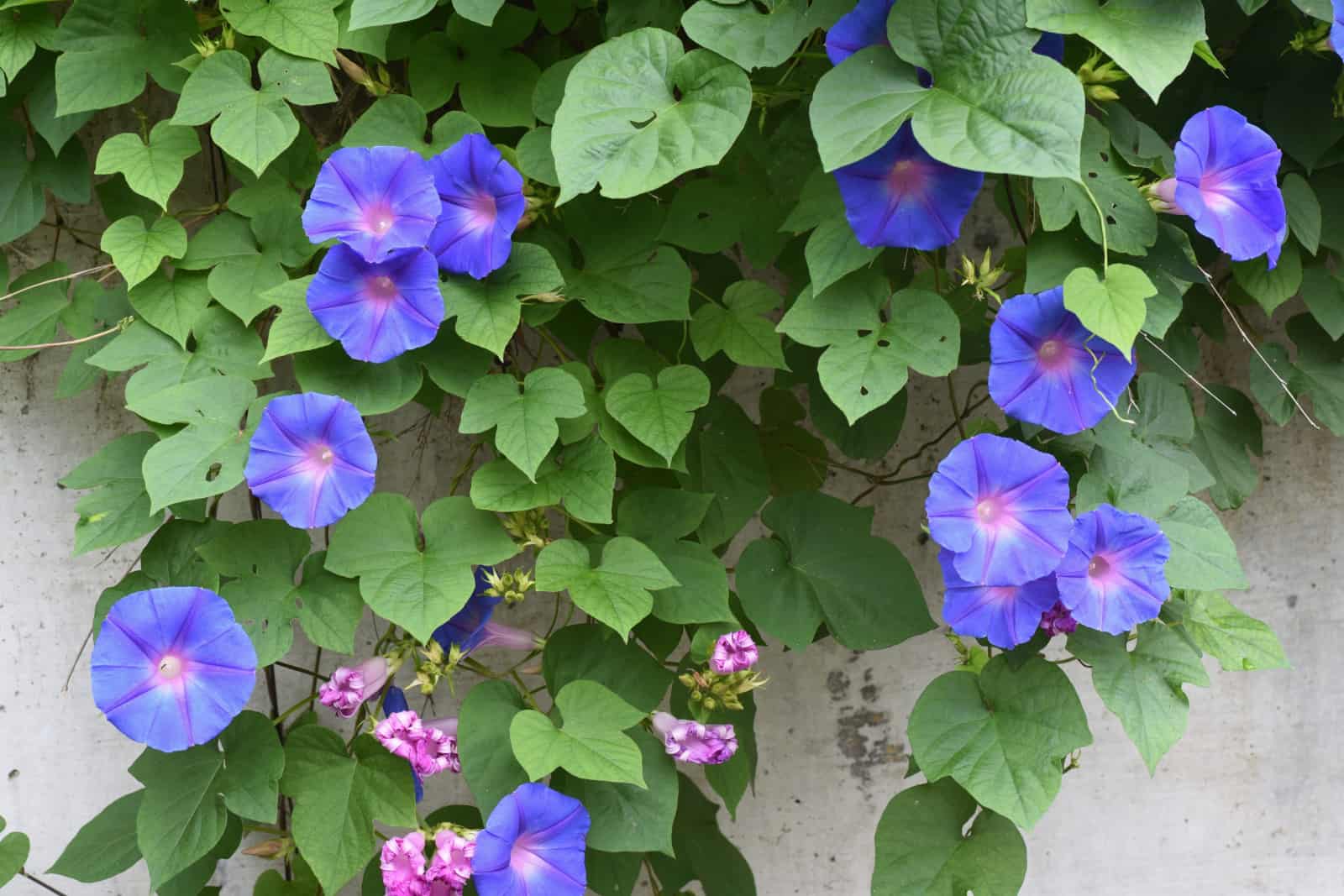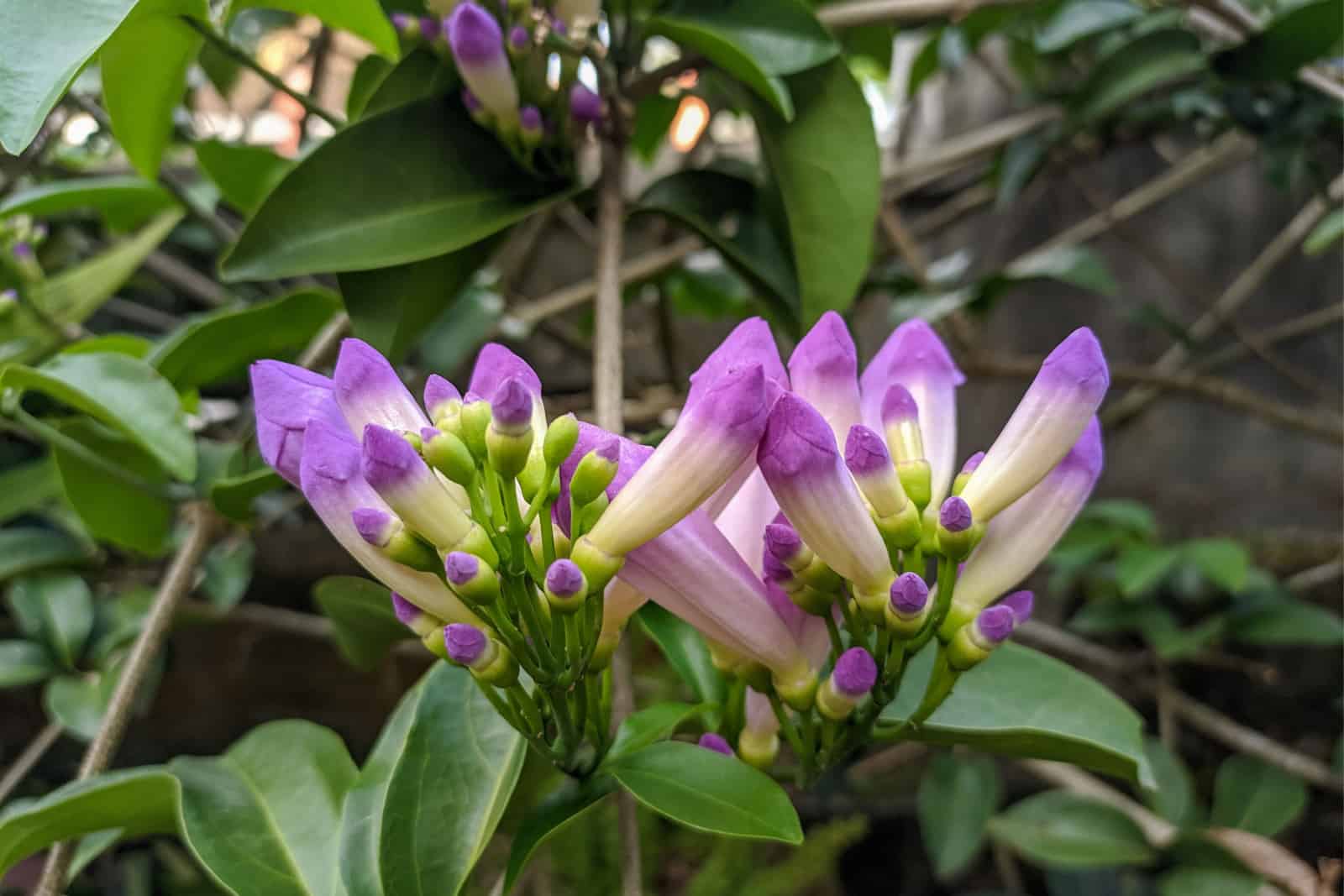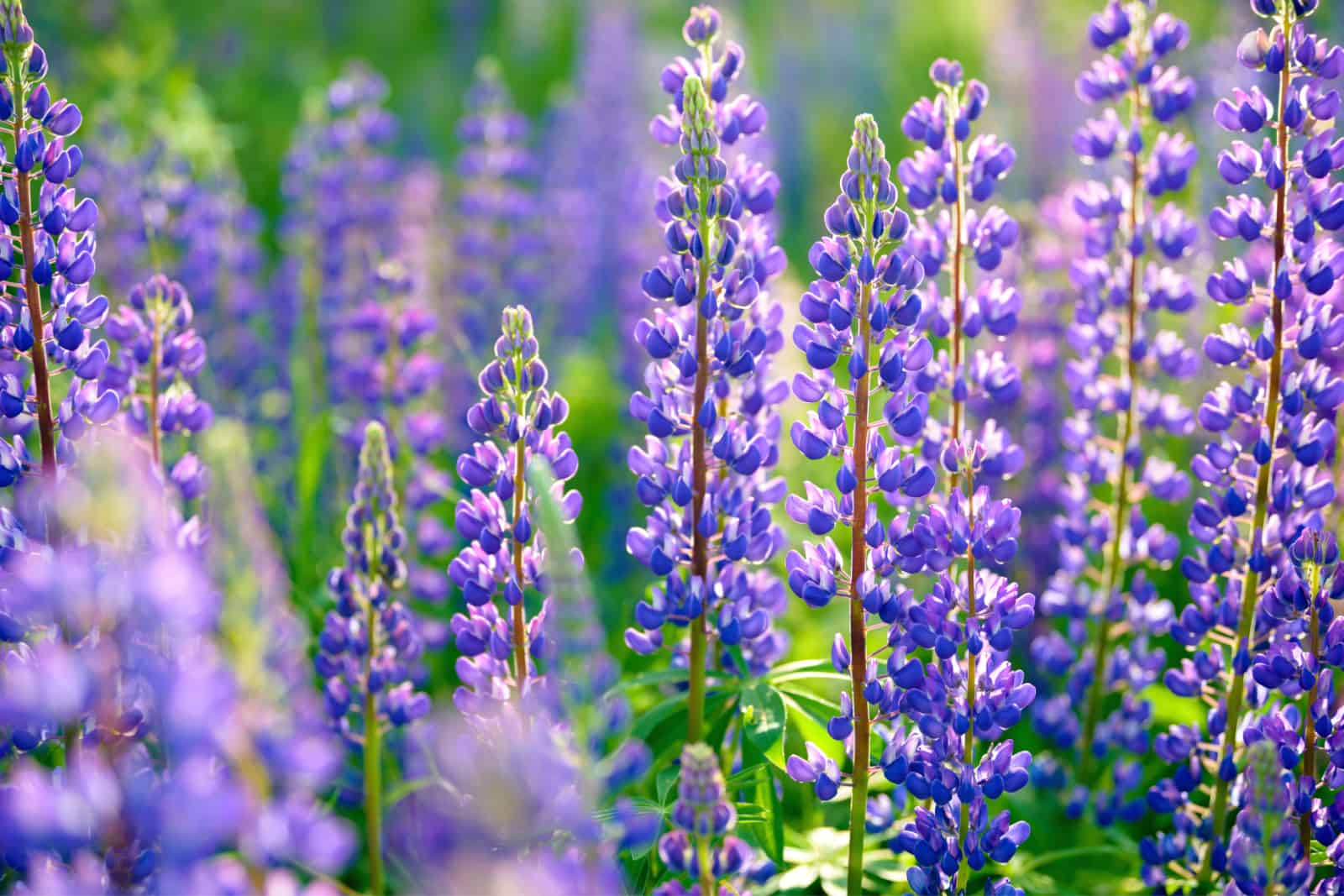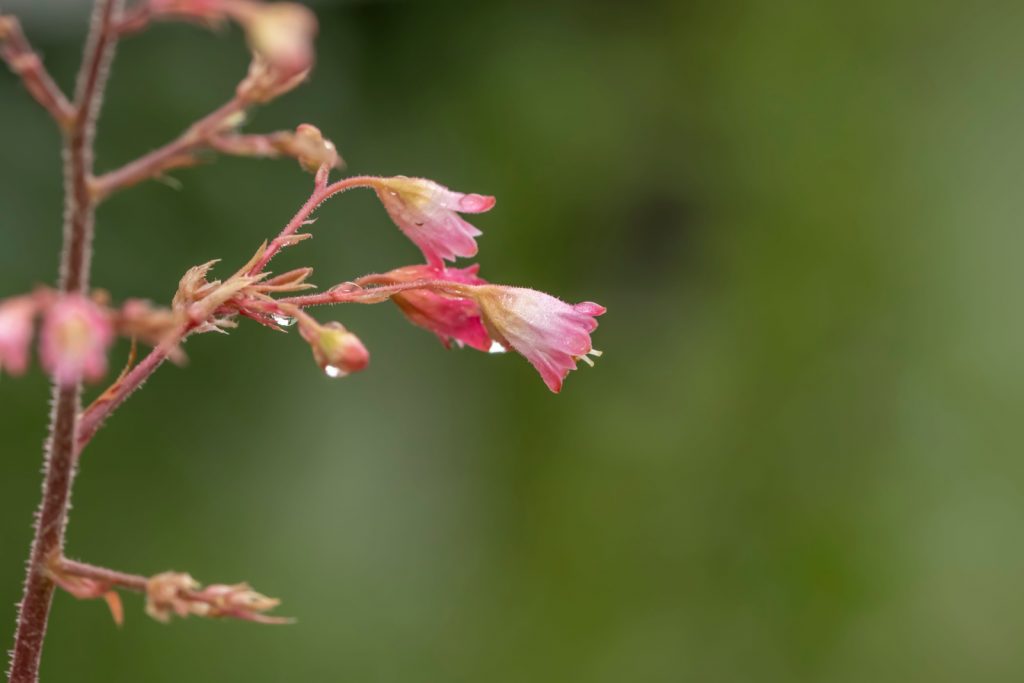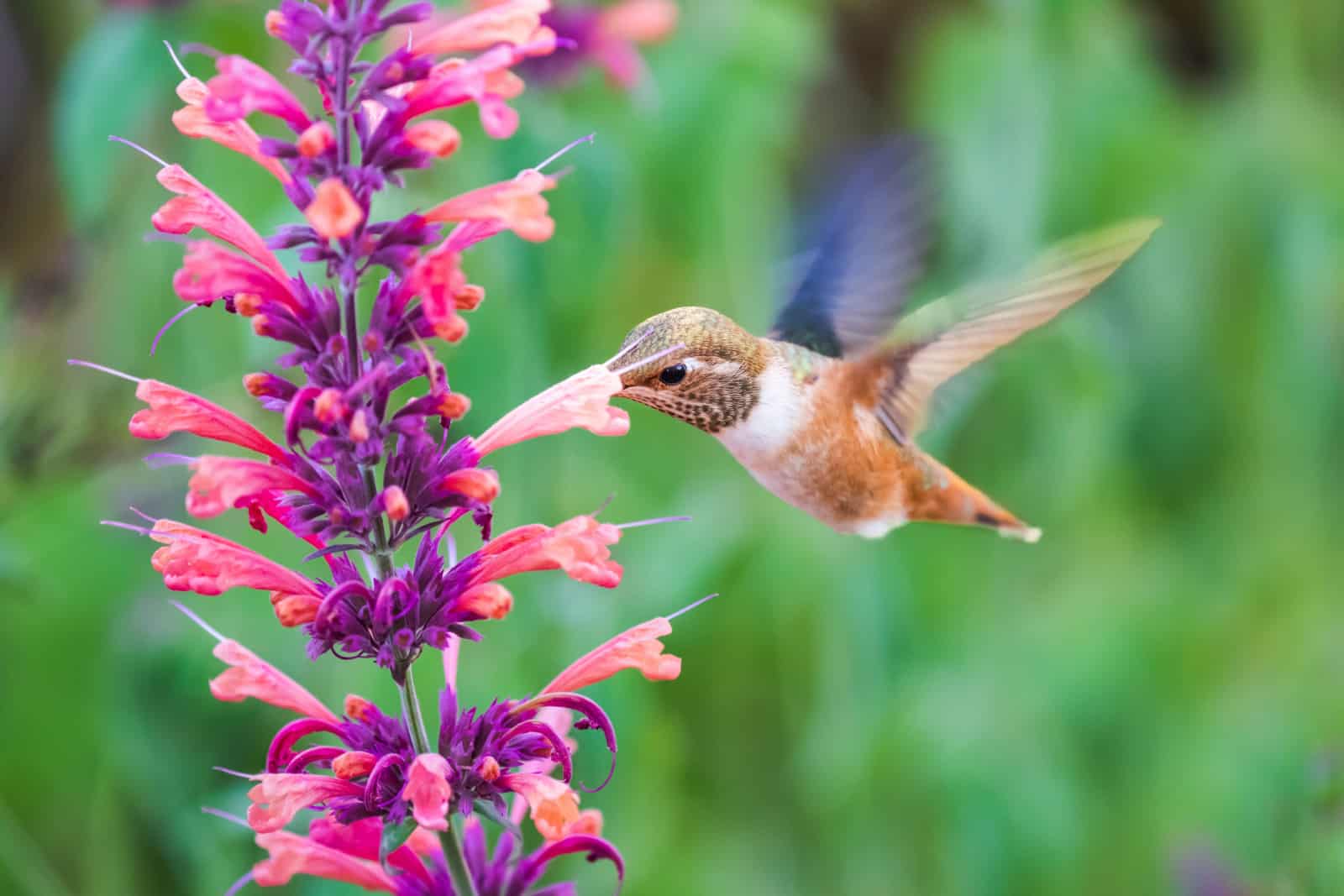The amazing world of gardening wouldn’t be the same without hummingbirds! These fast pollinators make our yards full of life.
They love tubular flowers and bright colors, so you can easily attract them by growing plants with these features in your garden.
Here are some ideas that can help get you started on your hummingbird-friendly garden!
Purple Flowers That Attract Hummingbirds
It’s common knowledge that hummingbirds love red flowers, but purple ones can also do the job.
The following options are rich in nectar and have that tubular shape we all know hummers adore!
Let’s take a closer look.
1. Bee Balm
Also known as wild bergamot, bee balm is on the list of flowers that attract hummingbirds and butterflies, and is a perfect option if you want more hummers in your backyard.
It has upper and lower lips that make the head perfectly shaped for these birds to relish in their nectar.
Bee balm blooms throughout summer and thrives in full sun and rich, moist substrates. It can also tolerate some light shade and less fertile soils, but it’s best to give it perfect conditions so that it can attract numerous hummers.
2. Columbine ‘Early Bird Purple Blue’
The frenetic hummingbird lifestyle keeps them in search of food all the time, which is why they’re attracted to large tubular flowers rich in nectar, such as columbine.
The shape gives the hummers easy access to its sweet juice, which is why they love this plant so much.
Columbine thrives in nutrient-rich, moist, and well-draining soils, and will bloom profusely when exposed to full sun.
It is a low-maintenance plant but it still requires some deadheading for another flush of flowers.
3. Common Foxglove
Few plants are as tubular as foxglove flowers. This wildflower species is perfect for shadowy gardens as it loves moisture and partial shade.
It flowers in early spring, so pairing it with late bloomers will provide food for hummingbirds throughout the season.
These birds love foxglove because of its shape, but its brightly colored blossoms filled with nectar also help. And the long petals give the hummers somewhere to land while they drink.
When growing foxglove, make sure to deadhead it after the flowers start to fade. It will encourage it to bloom again and prevent it from colonizing your garden. A single plant can carry 1-2 million seeds and removing the flowers will help keep it under control. (1)
4. Common Sage
The brightly colored blossoms of sage are very attractive to hummingbirds, but that’s not the only reason these birds love it so much.
The tubular flowers of common sage are perfect for hummingbirds, which is why they drink its nectar so ardently.
The thing I love most about sage is that it’s undemanding and fairly easy to grow. Plant it in a sandy and loamy substrate, and expose it to plenty of sunlight for optimal growth.
It is drought-tolerant and doesn’t require fertilizer other than annual topping with compost, which makes it perfect for low-maintenance gardens.
5. Fireweed
This plant’s cool name comes from its ability to spread rapidly in areas burned by fire. (2)
That’s how you know you won’t have to wait too long to see it sprouting around your garden and inviting lively hummers to your backyard!
These birds are attracted to the sweet nectar of fireweed, and the shape provides them with easy access to their favorite food. Since its blooming time lasts from June to September, you’ll get long hummer seasons too.
However, fireweed is a very fickle flower. Some years, there’s a lot of nectar. Some years, there just isn’t, claims Courtney Wilkinson, owner of an apiary specializing in fireweed honey.
Luckily, there’s an easy solution if you just want to attract hummingbirds and not create a special type of honey – interplanting fireweed with other flowers.
6. Garden Phlox
Garden phlox is a tall variety. Although it won’t give you the best ground cover like creeping phlox would, it will attract hummingbirds to your yard.
It has plenty of nectar and open flowers that provide easy access to it. And hummingbirds with their fast metabolism will love this!
Garden phlox comes in various shades, including purple. You can even get purple phlox in dwarf size for a more compact appearance.
This plant grows best in sunny spots but will tolerate some shade. The quality and quantity of flowers will reduce the more shade they get, so make sure to find a full-sun location for your phlox.
Finally, garden phlox loves nutrient-rich and moist soils, which is why I advise improving it with compost or aged manure and mulching it afterwards.
7. Hummingbird Mint
This summer-blooming herb didn’t get this name for nothing. It is a true hummingbird magnet.
These birds are particularly fond of red cultivars, but the gentle, violet-bloomed mint will attract them too. That’s because these plants are rich in nectar and have tube-shaped flowers that make it accessible to pollinators.
Hummingbird mint loves full sun and well-draining soil, and shakes off the summer heat like a champ. If you want to keep its leaf color intact, some afternoon shade is beneficial.
8. Large Beardtongue
Large beardtongue only blooms for a couple of weeks between May and June, but its unique flowers make up for that.
Their lavender color and tubular shape aren’t only appealing to us. Hummingbirds love these features, which is why they visit the beardtongue so often.
Their silvery blue-green foliage contrasts with the gentle purple, making it an excellent addition to your pollinator garden.
It thrives in sunny locations with sandy and dry soils that have excellent drainage.
Even though it can tolerate these harsh conditions, large beardtongue is still considered endangered in some parts of the U.S., such as Illinois. (3)
Therefore, growing it in your garden will quickly make it unique, and bees, butterflies, and hummers will love it.
9. Morning Glory
Morning glory is an annual in regions that get colder than 45°F, but it can be a perennial in warmer climates. It will readily reseed and regrow year after year, so you won’t have to plant it more than once.
Hummers love this plant because it is accessible to them and grows in their native habitat. It also has a welcoming tubular shape which allows them to drink their nectar more easily.
It thrives best in full sun locations with moderately fertile and well-draining substrate, but mature plants can handle some suboptimal conditions.
This wildflower is perfect for fences, arches, and trellises, so use their climbing ability to give more charm to your landscape.
Morning glory is another species that can invade your garden, so make sure to deadhead most plants before they go to seed. Leave just one or two blossoms to get a new batch the following year.
10. Trumpet Vine
This climbing beauty comes in various colors. Fire-red is the most common, but the lavender shade is equally gorgeous.
You can find it on the list of climbing plants for fences, which will give your yard more privacy and a dash of color.
But this one will do more than that, inviting hummingbirds because of their nectar-rich trumpet flowers, shaped like that to provide easier access to pollinators.
Plant it in a location where it can get all-day sun for an abundance of blossoms. It can handle a wide range of soil types, from moist to dry, loamy, sandy, or clay, so you can plant it pretty much anywhere.
11. Wild Lupine
This plant is native across the Eastern U.S. and will attract various pollinators to its pea-shaped purple or blue blossoms.
Hummingbirds will also frequent this perennial, mainly because it’s rich in nectar.
Unfortunately, it only flowers in late spring, so you should plant earlier and later-blooming species to have hummers visit you all season long.
The good news about lupines is that they can thrive pretty much anywhere, whether it’s in poor soils, full sun or part shade, etc. Although, they will grow best in sunny locations with excellent drainage.
Note: Wild lupine is a legume, so it will fixate nitrogen, enriching your soil with this nutrient.
More Flowers That Attract Hummingbirds
The flowers I mentioned above aren’t the only ones that attract hummingbirds. You can go with any variety you like as long as it has plenty of nectar and large tubular heads that make it easy for the hummers to drink.
These birds also like bright colors, red being their favorite, so choose plants accordingly.
Here are some more options:
• Butterfly bush
• Butterfly milkweed
• Coral bells
• Great blue lobelia
• Hibiscus
• Petunias
A Thing Or Two About Hummingbirds
Hummers are fast, migratory birds that need plenty of nectar to support their hectic lifestyle.
But why are they important for our gardens? How can we attract them? These are some of the questions I’ll explore in the following sections.
Why They Are Important
Hummingbirds are excellent pollinators, flying from flower to flower, fertilizing the ova, and ensuring a new generation of plants emerge.
They eat about half their weight in food every day, visiting flowers every 10 minutes or so. (4)
Therefore, providing them with plenty of food will help these birds survive. In return, hummers will give you a higher yield by pollinating your vegetable garden and ensuring your flowers produce seeds.
What Species You Can Expect
If you live in the midwest, you’re more than likely to come across ruby-throated and rufous hummingbirds. Other species you may spot include Calliope, Anna’s, green-violet-ear, etc.
You’ll find them building nests in woodland areas, meadows, and, if you’re lucky, your backyard.
The south and southwest United States is home to black-chinned hummingbirds, but you can also see those I already mentioned.
How To Attract Them
If you love gardening, the easiest way to attract hummingbirds is by planting brightly colored tubular flowers that are rich in nectar.
But if that’s not working for you, you can always either purchase or make some hummingbird feeders, fill them with a sugar and water solution, and hang them in your garden.
You can decorate them with red ribbons and similar elements to make them stand out so that hummingbirds can find them more easily.
Whatever you do, don’t add food coloring to make the nectar more attractive to hummingbirds.
The Cornell Lab of Ornithology warns that there is no research that proves red dye is safe for hummingbirds, and very compelling anecdotal information from experienced, licensed rehabbers that hummers who have been fed dyed food have higher mortality and suffer tumors of the bill and liver.
Their Favorite Flowers
Hummers have adapted to the environment together with plants, so growing natives in your backyard is an easy solution to attracting them without much fuss.
These plants are rich in nectar, but try to go with the tubular ones as they are perfect for long hummer bills. Hummingbirds like hibiscus, so try to grow plants with a similar shape.
Hummers are suckers for bright colors, so incorporating red, orange, and yellow alongside your purple flowers will bring more of these tiny birds to your garden.
Until next time!
References:
1. Mahr, S. (n.d.) Common Foxglove, Digitalis Purpurea. UW-Madison, Wisconsin Horticulture Division of Extension.
2. Vizgirdas, E. (n.d.). Fireweed (Chamerion Angustifolium). USDA, U.S. Forest Service.
3. Checklist of Illinois Endangered and Threatened Animals and Plants (2020). Illinois Endangered Species Protection Board. 4. Bittner, S. (2014). Hummingbird Foraging. ASU, Ask A Biologist.

